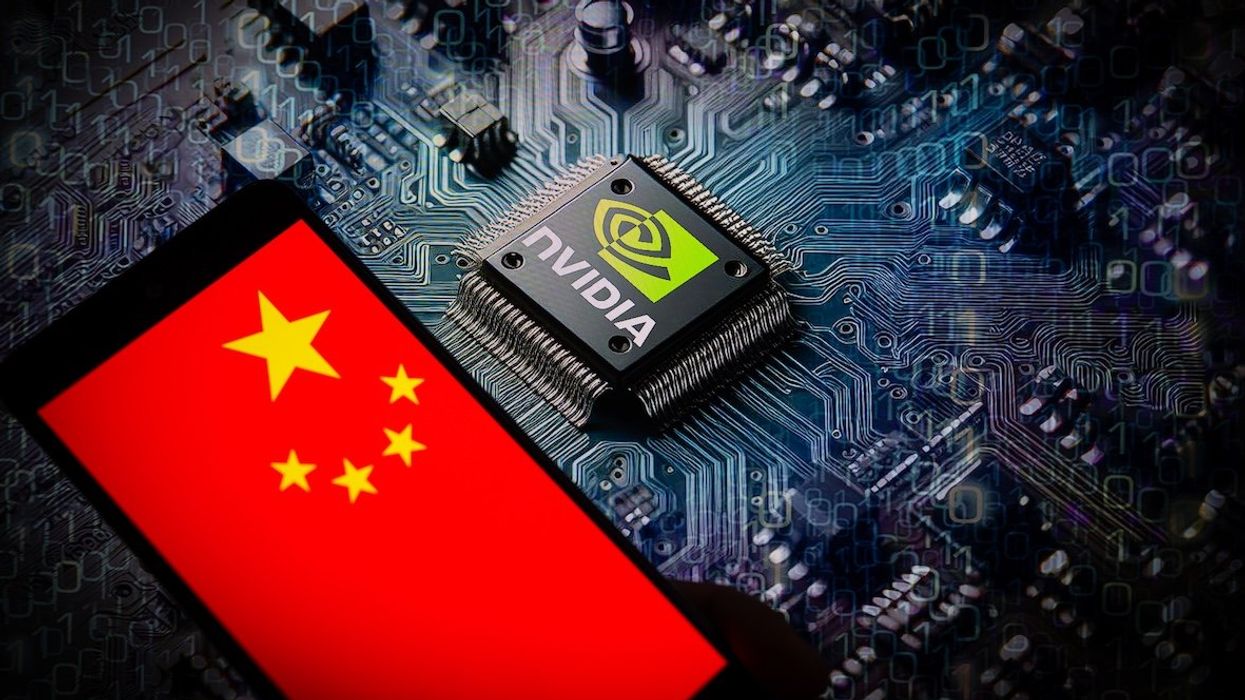Meta is one of the biggest players in generative AI — but, while Wall Street typically loves AI chatter from companies, an episode this week showed that there are limits to this unbridled enthusiasm.
Meta posted impressive first-quarter earnings last week, but the company’s stock plunged 15% on news that it would spend $35-40 billion this year on AI-related investments alone. (That’s up from a previous estimate of $30-37 billion.) The costs were largely for AI infrastructure: data centers, graphics chips, and research and development.
Just mentioning AI has tended to goose valuations on Wall Street. Is this the first indication that’s changing, or is it Meta-specific? The company still makes most of its money from advertising on its social media platforms Facebook and Instagram, and it’s made its Llama line of generative AI models (mostly) open-source, meaning anyone can access and modify the model online for free. Open-source models aren’t impossible to monetize, but for now, it seems Meta’s AI investments are meant to keep more users on its platforms. Meta flooded its apps with AI features last week, adding a chatbot experience in the Instagram search bars, the Facebook news feed, and Messenger conversations.
Meta’s AI spending has made it an unavoidable player in the space. It’s adopting a very different strategy than any other AI company — and one that investors may not value as highly.



















